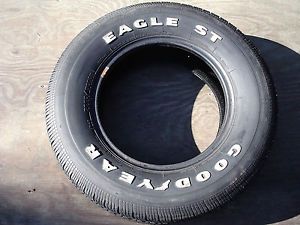


If you have a chrome or clear-coated wheel, you probably don't want a clip-on weight hammered onto it. Tire shops generally use stick-on weights as a last resort, or if requested by the customer.

Some wheels may not have a lip to install a clip-on, in which case a stick-on is your only choice. The type of wheel you have may dictate which type wheel-weight to use, but generally the clip-on style is preferred. Very few wheels and tires are perfectly balanced, which is why wheel-weights are needed. Read: Raised White Letter Tires For Classic Cars Remember that the name on the sidewall is not necessarily who made the tire. It's all legal, and these small manufacturers are allowed to use the original names of the tires under license. The molds are set up in small factories, and still have that big brand name on the sidewall. So what happens to all those old tire molds? They are often purchased by small, privately-owned companies, such as Coker Tire. These molds are then replaced with new ones that operate more efficiently and produce better quality tires. Major tire manufacturers, such as Goodyear and Firestone, remove old tire molds from service for various reasons. In the early seventies, radial tires started becoming standard equipment on passenger cars.ĭuring the 1960's, the sizes we called tires changed from numeric to alphanumeric.ĭuring the 1970's, the sizes we called tires changed again, with metric sizing becoming the industry standard for passenger car tires. Layers of fiberglass belting were placed below the tread surface for added stability.Īs tread widths began to get wider, these "bias-belted" tires offered improved handling over previous bias-ply tires. Poly/fiberglass tires were introduced by both Firestone and Goodyear in 1967. In the late fifties, steel-corded tires were introduced, and in 1963, Goodyear introduced the polyester corded tire. Tubeless tires started appearing around the mid-fifties. Before the early fifties, automotive tires were fitted with inner tubes.


 0 kommentar(er)
0 kommentar(er)
